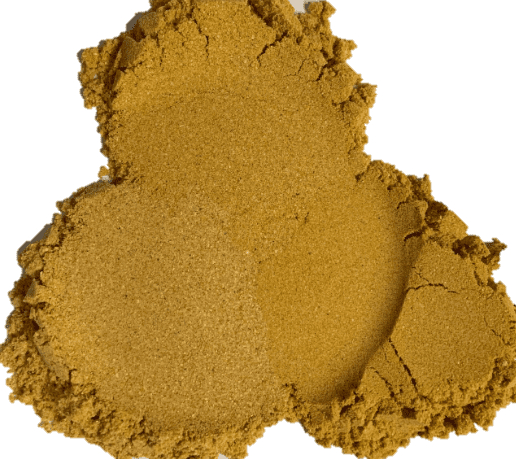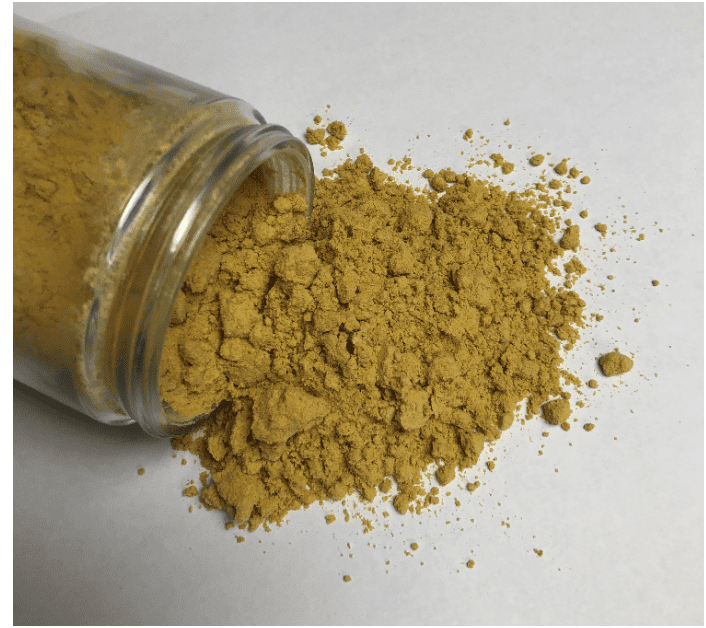Izaberite jezik:
ST opreme & Tehnologija (STET JE) tehnologija za odvajanje od odvajanja od vode je nedavno završila pilot-u razvodu za obogaćivanje suve destilacije na suvim ogradi sa solubama (DDGS), rezultira +15% povećanje u apsolutnom sadržaju belančevina Destilacija, odvajanjem proteina i vlakana. Ovaj proces nudi etanol proizvođače, ili da hranimo korisnike, revolucionarno metode generisanja 50% protein DDGS co-proizvod. The premium high-protein product can be used in monogastric feed applications at high substitution ratios and, zbog toga, can be sold at a premium.
Operativni princip znaka za razdvajanje STETA je elektrostatičko odvajanje. Electrostatics has a large number of real-world industrial applications. Možda je najnemilosrdniji primer elektrostatičkog fenomena efekat utrcanje balona na kosu. Kao balon, od gume, dolazi u kontakt sa ljudskom kosom, gumenim balonima uklanja elektrice od kose. Razlog za ovo je zbog visokog electronegativity (Odnosno., afinitet za elektrone) od gume. The result is the balloon is left with a net negative charge due to extra electrons, a tvoja kosa ima pozitivnu optužbu.
naravno, kao da se optužbe međusobno pokli, your hair stands up on end to maximize the distance between other, positively charged strands of hair. U slučaju DDGSA, proteini, and fiber acquire opposite electrical charges upon contact with each other – allowing them to be separated from each other in the high-strength electric field of the STET separator.
ST opreme & Technology offers a method to differentiate ethanol-produced distillers grain by increasing the protein content and thus the value of the distillers grain as a feed ingredient. Obradom pomoću STET znaka za razdvajanje, sadržaj proteina (DDGS) se povećava do 15% absolute by removing fiber. The benefit of this process is that the protein-rich (50% proteini) DDGS is usable as a higher-value feed ingredient and can be sold at a premium.
The STET elektrostatičko razdvajanje proces je potpuno suv, koji zahteva nema vode ni hemikalije. Znak za razdvajanje STETA radi neprekidno, has a high rate (do 20 tona po satu), i troši malo energije (O 3-4 kWh / ton ulazni materijal).

Korist od procesa STET za jačanje proteina:
Kontaktirajte nas danas da saznate kako ŠTET može da pomogne profitabilnosti procesa bioetanola!

Dried distillers grains (DDGs) are a co-product of the ethanol production process and are predominantly made from corn. DDGs are created after the fermentation process where the starches in the grain have been fermented and distilled to produce ethanol. The remaining product, which contains proteins, fibers, oils, and other nutrients, is dried to reduce moisture, making it safer for storage and shipping. DDGs are widely used in livestock feed, providing a cost-effective and nutrient-rich supplement to animal diets.
Wet Distillers Grains (WDGs) and Dried Distillers Grains differ primarily in their moisture content. WDGs have a higher moisture content and are often used locally due to their perishable nature and higher transportation costs. Obrnuto, DDGs have been dried to decrease moisture, making them more stable for long-term storage and long-distance transport. The drying process offers more flexibility in their usage and extends their shelf life significantly.
While distillers grains are a valuable feed ingredient, there are some limitations to consider. For instance, due to high fiber content, excessive inclusion in diets of monogastric animals (like pigs and poultry) can lead to digestive issues. Pored toga, their higher fat content can result in storage and handling challenges, such as becoming rancid if not managed properly. Nutrient balance is also crucial as high phosphorus levels in distillers grains can necessitate additional adjustments to the feed diet to prevent mineral imbalances in animals.
Distillers grains are not intended for human consumption in their traditional form. They are specifically designed as animal feed due to their nutrient profile, which may not align with human dietary requirements. Pored toga, the processing involved in ethanol production means DDGs contain residual elements that are not suitable for human consumption. Međutim, research is ongoing into extracting valuable nutrients from distillers grains that might be beneficial for human food products.
Distillers grains are rich in nutrients, particularly protein and fiber. They typically contain about 25-30% proteini, making them a highly efficient protein source for livestock. They also have significant levels of essential amino acids, vitamins, and minerals. The specific nutritional composition can vary depending on the grain source and processing methods used. This nutrient density makes them an excellent supplement to feed rations in livestock production, enhancing growth and productivity while offsetting traditional feed costs.